Late last year, Oreo and the non-profit PFLAG released a short film called Proud Parent. The spot follows the journey of a young woman as she visits her hometown and introduces her partner to her family for the first time, culminating in her father painting the rainbow flag along their fence at home, beaming with pride. Weeks later, Etsy ran a heartfelt commercial starring a gay couple on their way home for the holidays. This February, Abercrombie & Fitch celebrated LGBTQ+ models, athletes, and activists as part of their Face Your Fierce campaign.
As recent campaigns affirm, today’s consumers crave authentic and relatable LGBTQ+ stories from the companies they support, and many brands are finally listening and showing their support through inclusive visuals. Read on to learn how this movement has helped transform the world of commercial photography—and why it’s so important.
A new era in commercial photography
Last year we witnessed national milestones ranging from the historic Supreme Court decision ruling that the 1964 Civil Rights Act protects LGBTQ+ employees from discrimination to the record number of wins for LGBTQ+ candidates in the US election of November 2020. Coinciding with these victories, the demand for accurate and authentic LGBTQ+ representation in media has helped usher in a new era in advertising.
Last year, a study from GLAAD and Procter & Gamble revealed that seeing LGBTQ+ people in movies, television, and advertisements led to more support from straight, cisgender people, with 48% of those who saw LGBTQ+ representation in media reporting being more accepting of gay and lesbian people. 80% who’d been exposed to LGBTQ+ stories in the media had become more supportive of equal rights for LGBTQ+ citizens, as opposed to 70% among those who had not.
What’s more, the results of the survey indicated that customers look favorably upon companies that include LGBTQ+ people in their advertisements, with 86% agreeing it indicated the company’s support of LGBTQ+ rights and 85% agreeing it showed a company was committed to offering products to all types of customers. Slowly, today’s brands are awakening to the importance of LGBTQ+ inclusive visuals.
Family photography
A 2020 report from Getty Images tracks these changes in the field of family lifestyle photography. As recently as 2018, images featuring LGBTQ+ families in advertising generally centered the stories of “typically white, upper-middle-class, traditionally good?looking, cis?gendered men with a baby,” but in the last year, they’ve seen more and more interest in inclusive representations highlighting family life for LGBTQ+ people.
The LGBTQ+ family experience isn’t monolithic, and finally, we’re starting to see underrepresented stories—centering single-parent households, blended families, transracial families, and more. The best way to capture the diversity of these families is to work with real people and document their lived experiences, from getting the kids ready for school to brushing teeth and watching a movie on the couch. “Focus on moments that we can all relate to,” the 500px team advises. “Highlight the deep connections, bonds, and support these families share.”
Start by asking your models about how they’d like to be portrayed, and tap into their interests and passions. In addition to celebrating LGBTQ+ experiences across a vast range of ethnicities, genders, and socio-economic backgrounds, remember to prioritize age diversity in your commercial portfolio.
Age diversity in the LGBTQ+ community
Senior members of the LGBTQ+ community are currently underrepresented in commercial photography, but Licensing Contributors in 2021 can rectify that by collaborating with community members they admire. Ask about their proudest moments, and consider how to authentically represent their lives, interests, and relationships today.
Last year, Josie Gealer Ng, the Senior Art Director at Getty Images, teamed up with the award-winning photographer Trisha Ward to highlight seniors within the LGBTQ+ community, many of whom helped pave the way and continue to be part of trailblazing activism and equal rights campaigns today. In addition to creating natural, honest portraits, they interviewed these individuals, learning more about their stories, experiences, and hopes for the future.
Travel photography
One player that’s emerged as a leader in LGBTQ+ inclusive advertising has been the travel industry. Consider, for instance, Tourism Ireland’s Ireland says YES to love campaign, developed in anticipation of the country’s legalization of same-sex marriage and released mere days after the historic decision in 2015, or more recently, Orbitz’s Travel As You Are campaign, featuring LBGTQ+ couples, friends, and artists.
As the Creative Insights team at Getty Images noted in 2019, more travel companies have started prioritizing safe spaces and tourism catered specifically to LGBTQ+ people, and with that, there’s been an increased interest in travel photos featuring members of the community. You don’t have to travel far to find these stories; consider starting in your own hometown or city, celebrating the details and experiences that define local LGBTQ+ culture.
When capturing this kind of content, at home or abroad, it’s important to avoid any intellectual property issues, including copyrighted logos or branding, signage, or artwork. As with all types of commercial photography, you’ll need to have any identifiable models sign a model release for your photos to be accepted into Licensing. You’ll also need a property release for any private locations.
Keywording and metadata
When keywording your photos, prioritize inclusive and accurate language. Use the words and phrases that your models use to describe themselves, and familiarize yourself with the Human Rights Campaign’s Glossary of Terms. As always, check with the GLAAD Media Reference Guide and avoid using any offensive or stigmatizing language.
The way forward
To understand the significance of LGBTQ+ representation in advertising, we must also understand its recent history. In 1994, Ikea famously released the first TV ad featuring an openly gay couple. Titled Dining Room, the ad was a classic “slide-of-life” story, following the couple as they shopped for furniture.
At the time, activists noted the commercial humanized gay people in a groundbreaking way—by showing their daily lives. Despite some backlash and angry phone calls, the company refused to pull the commercial. More than thirty years later, companies across the board, from foods and beverages to cars and retail, have run ads telling authentic LGBTQ+ stories.
Still, there’s progress to be made. According to a 2020 survey by Karmarama and Gay Times, just 36% of LGBTQ+ people in Britain feel that advertisements are truly reflective of LGBTQ+ people, and 82% feel that representation of LGBTQ+ people is tokenistic. Meanwhile, only 32% of marketers said their events and campaigns engaged with the LGBTQ+ community independently of Pride celebrations, even though the majority of LGBTQ+ customers (84%) said they wished marketers would make more of an effort to engage outside of Pride.
Although commercial photography has come a long way, marketing professionals need to do more to show their support and commitment to all customers. Start close to home, and champion stories from the everyday lives of parents, CEOs and business people, leaders and activists. By celebrating the true diversity of the LGBTQ+ community and providing equal representation and opportunities for collaboration, commercial image-makers can help narrow the gap and create a more inclusive industry for everyone.
Not on 500px yet? Click here to learn about Licensing with 500px.


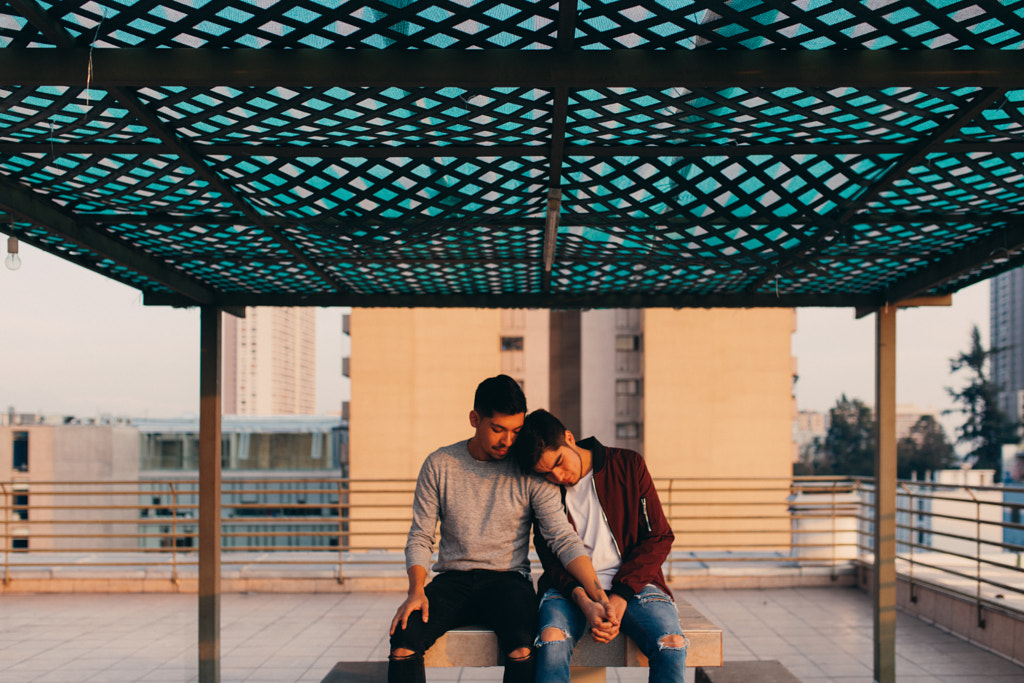
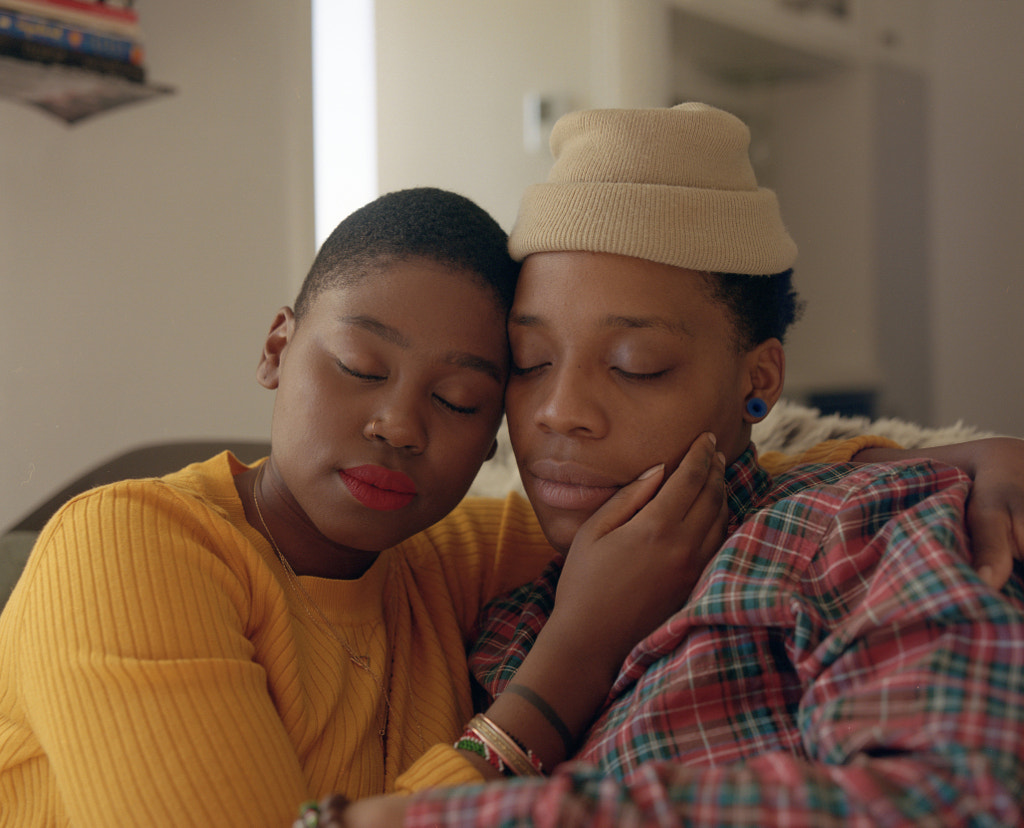

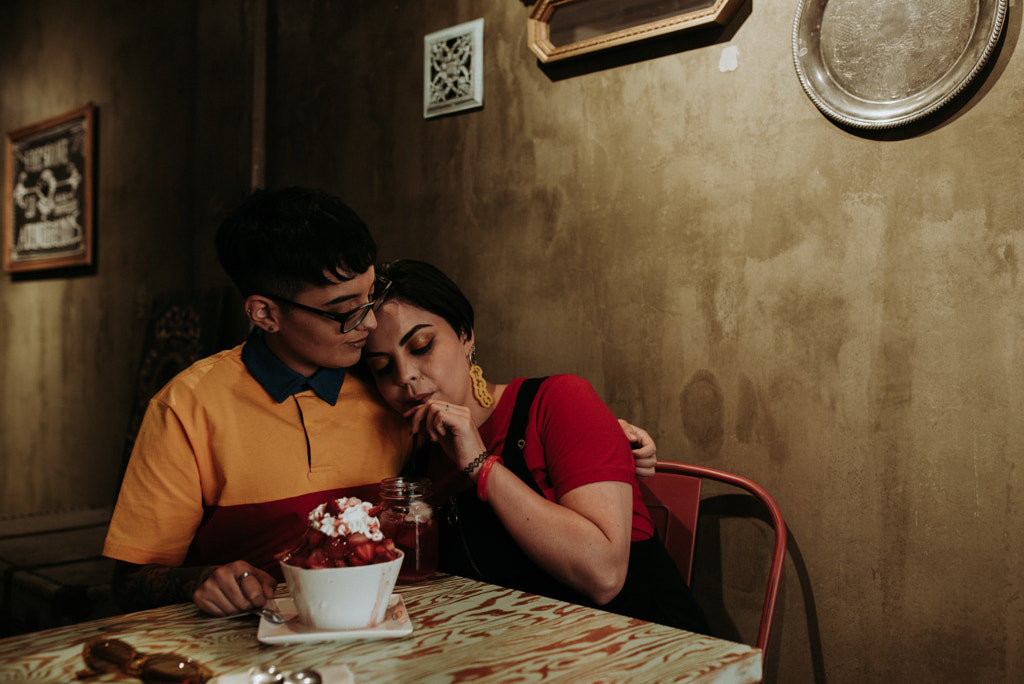
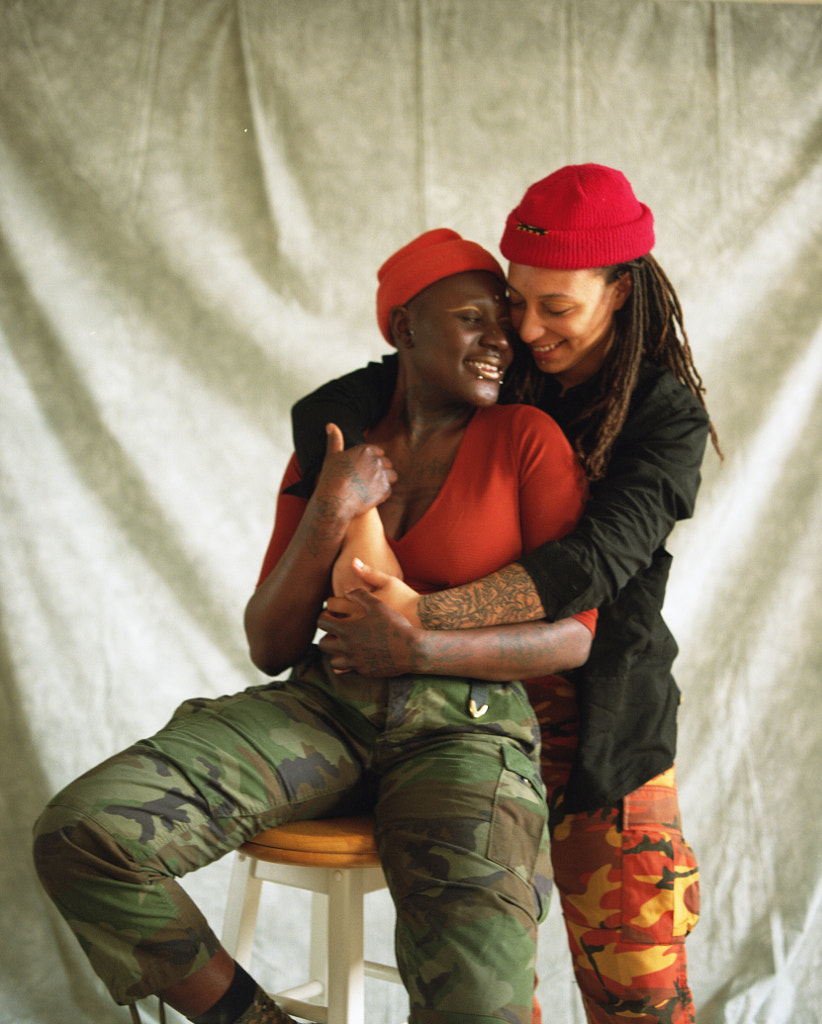
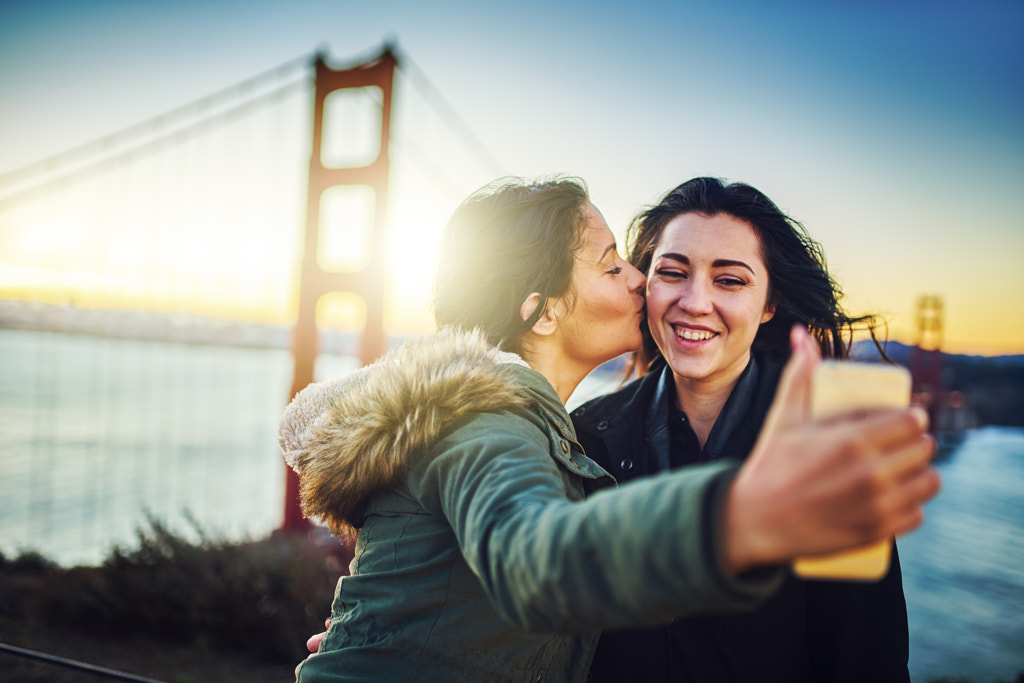
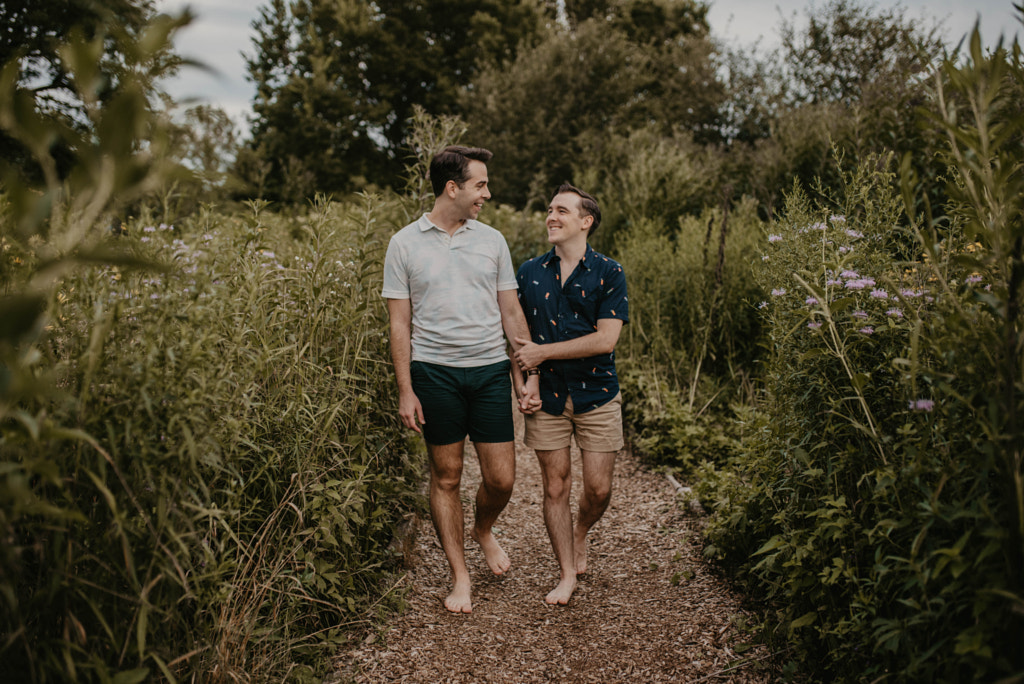
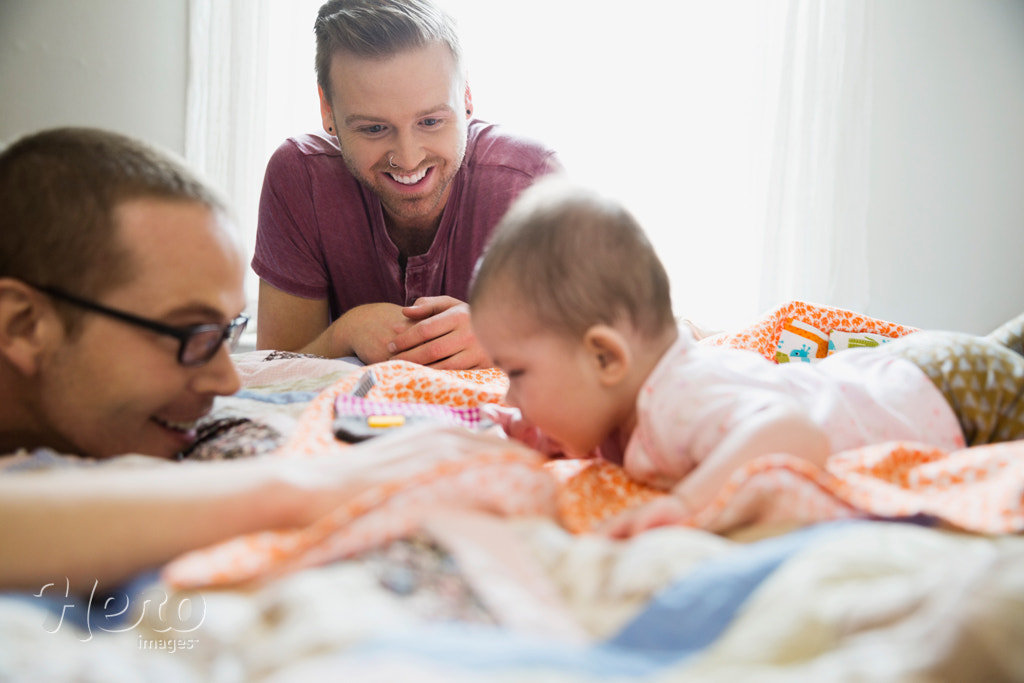
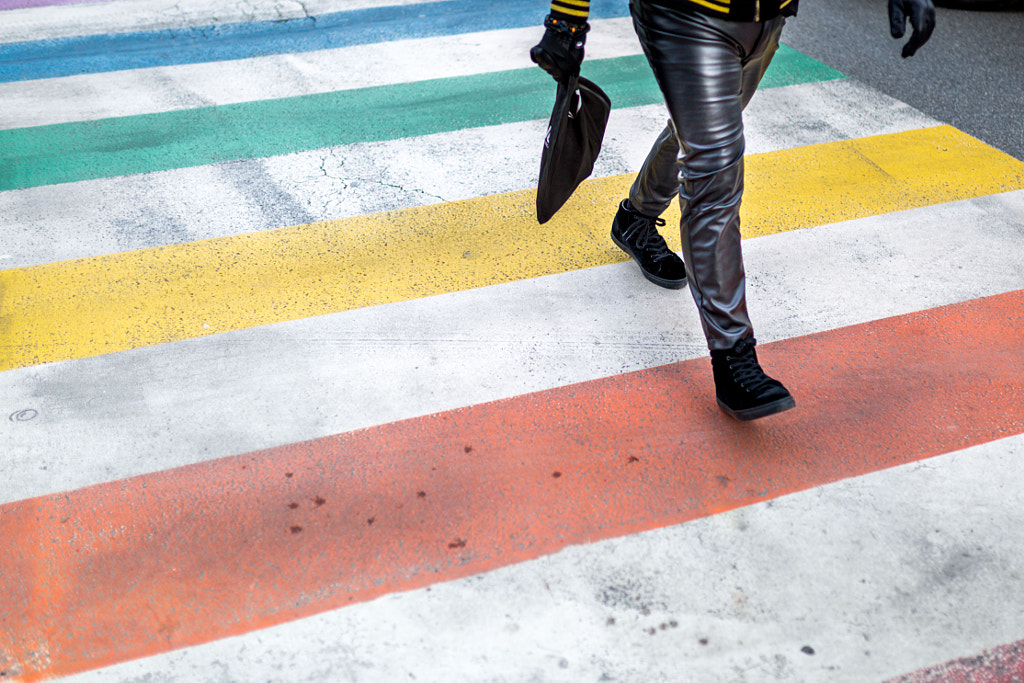


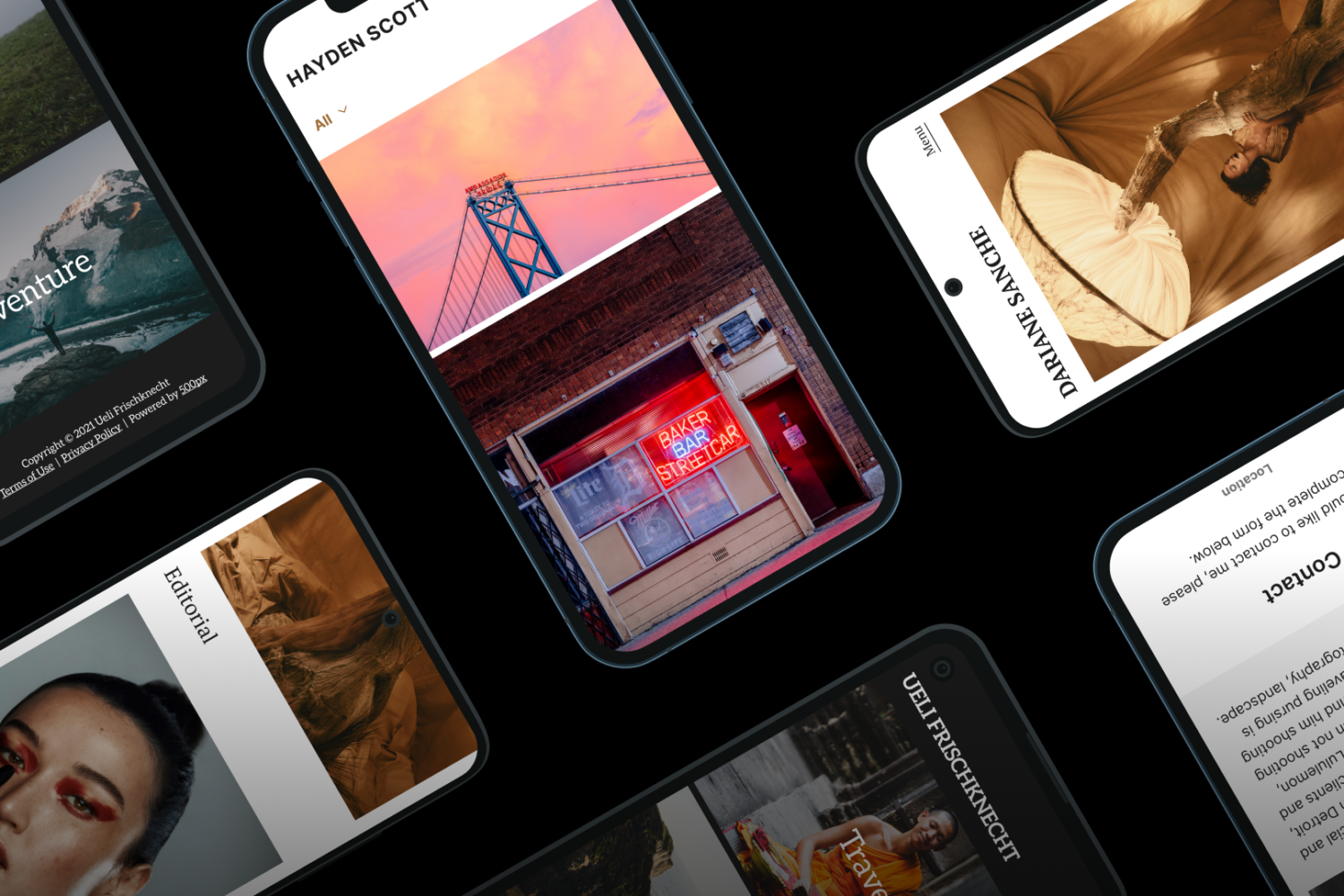




Leave a reply